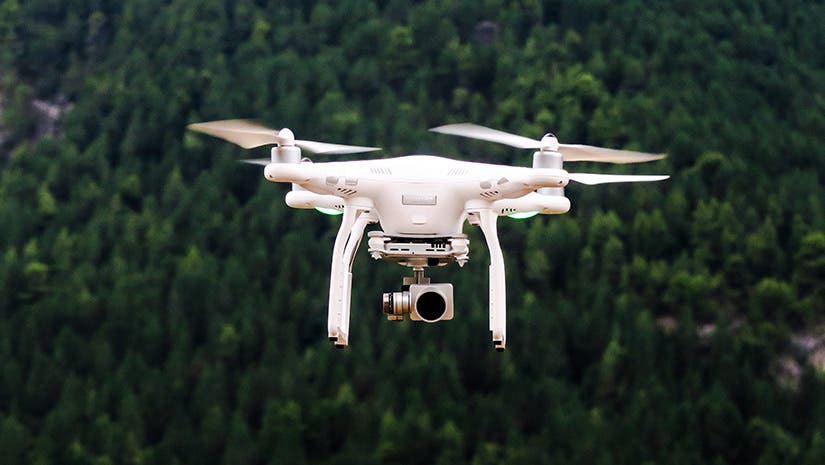Drones and unmanned aerial systems are new technologies many state and local environmental agencies are using as an effective tool to make environmental monitoring and enforcement faster, safer, and cheaper than legacy methodologies.
Why Drones?
One single survey flight with a manned helicopter can cost as much as procuring one single commercial-grade drone.
UK environmentalists were able to reduce survey costs by 50% using drones for a beach replenishment project.
New Zealanders were able to achieve 9cm spatial resolution with drones, versus 30cm from their satellite alternative.
How Are Drones Used by Environmental Agencies Today?
Environmental agencies use drones for a number of ways, both above ground and underwater.
Above Ground
When flying, drones are used for aerial mapping and nature monitoring, as well as disaster relief. Drones can aid in protecting, monitoring, and tracking animals and wildlife — a vital service in communities. They can also help to deter or catch poachers, helping to keep the wildlife and environment safe and protected.
Finally, among a drone’s other uses are its ability to collect samples and provide agricultural sustainability solutions.
Underwater
Meanwhile, drones also serve many purposes when deployed underwater in marine environments. Drones can also gather data for inspection services or to aid in autonomous deliveries and ships. They can also aid in maritime search and rescue missions and help to provide security and surveillance out on the water.
Why Are Drones Useful for Environmental Agencies?
Drones serve many benefits when it comes to environmental projects. Because they are small and easy to maneuver — compared to alternative methods — they allow for more flexibility and ease in missions. They are also far less expensive than a manned aircraft.
Drones also provide the opportunity to capture large-scale events faster and more effectively than manual alternatives. Drones also do not require an on-board pilot, which makes them safer to fly places that would otherwise be risky for a manned aircraft.
Finally, drones do not require an airport or runway to launch a mission. Rather, you are able to take off with your drone virtually any place where you have permission to fly.
Learn More About Drones for Environmental Agencies
Learn more about using a drone in your agency, including the costs of setting up a drone program, FAA rules and regulations, risk of lawsuits, and the best drones for your program, by reading our comprehensive guide, “How Environmental Agencies Are Using Drones”:





